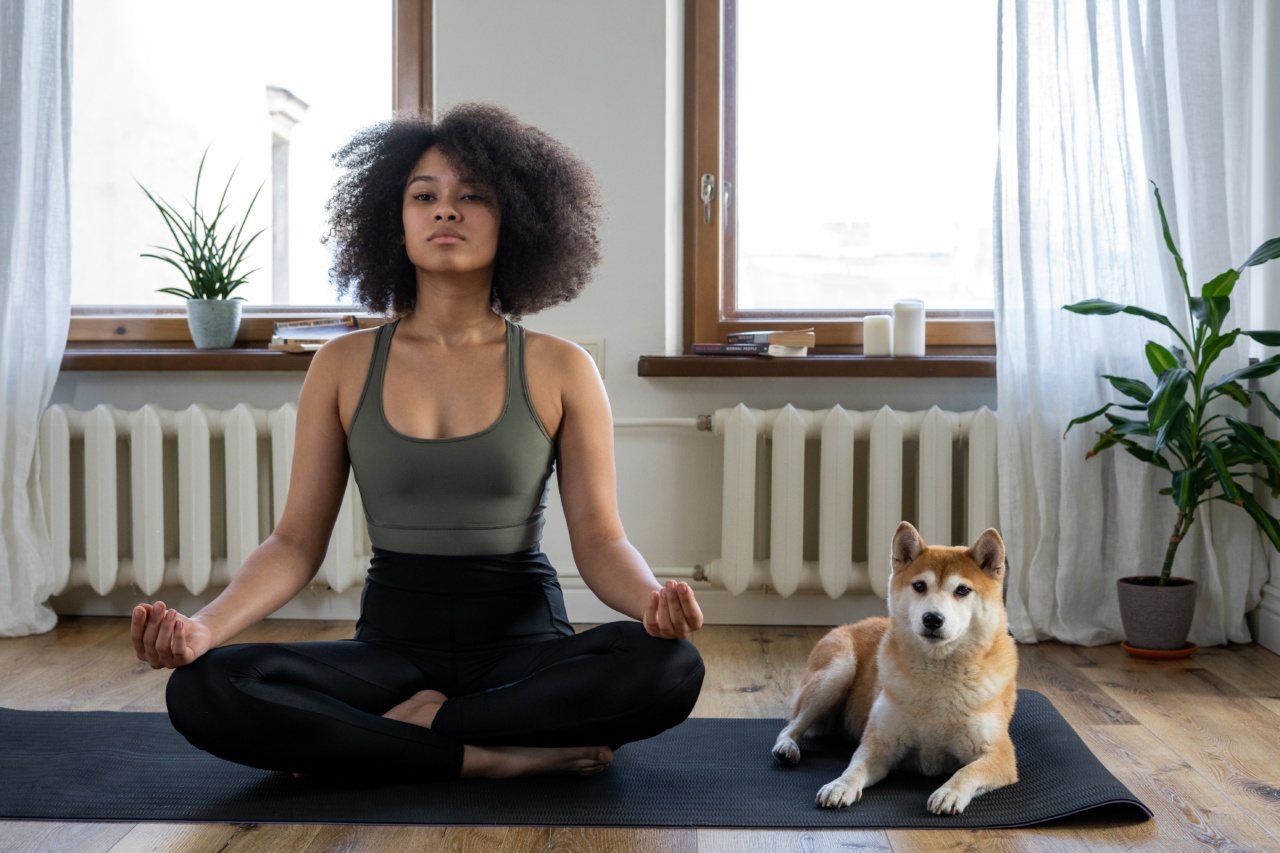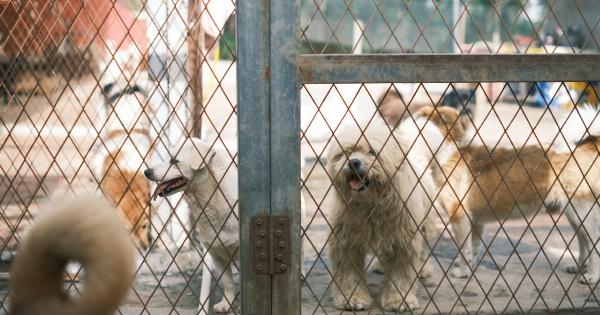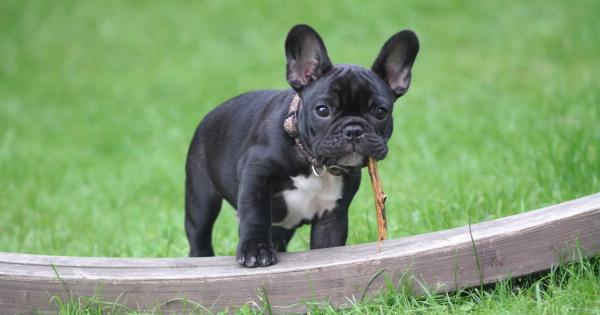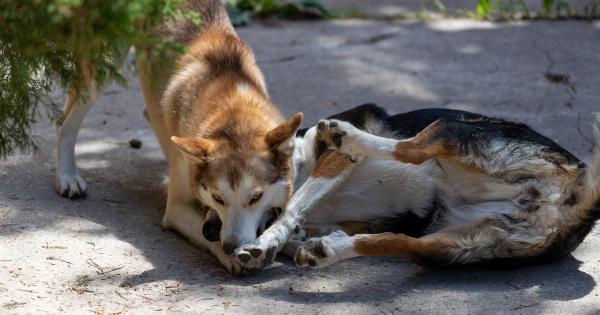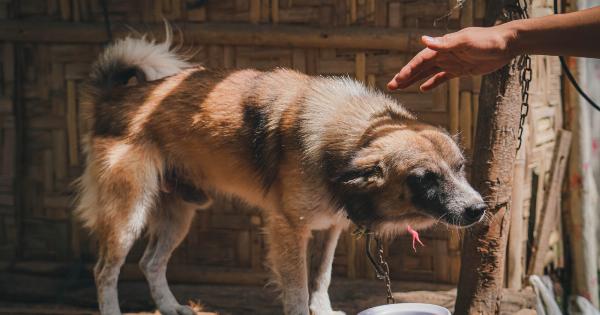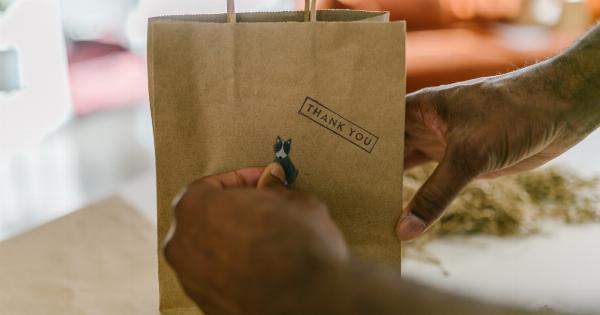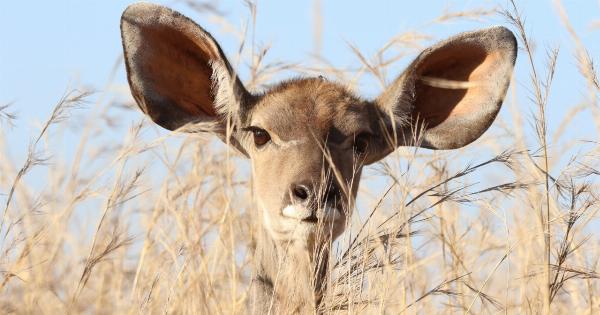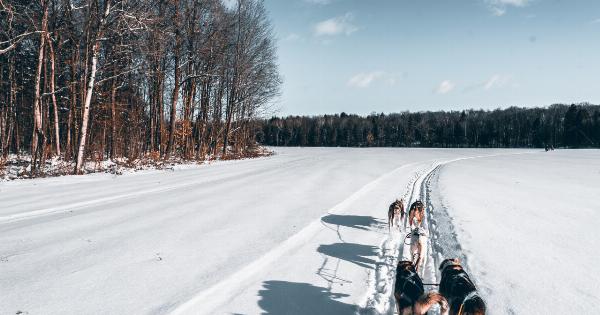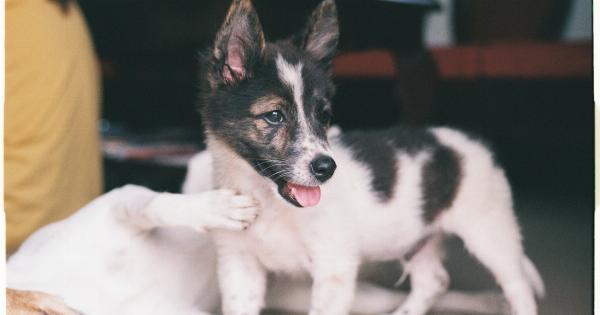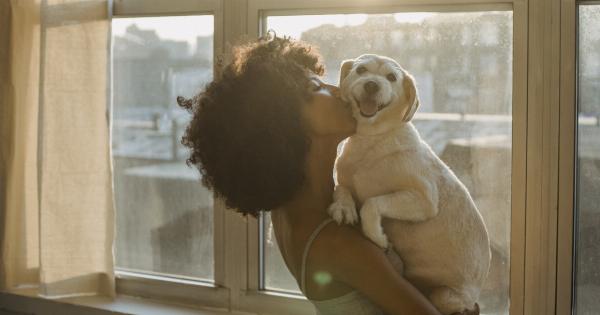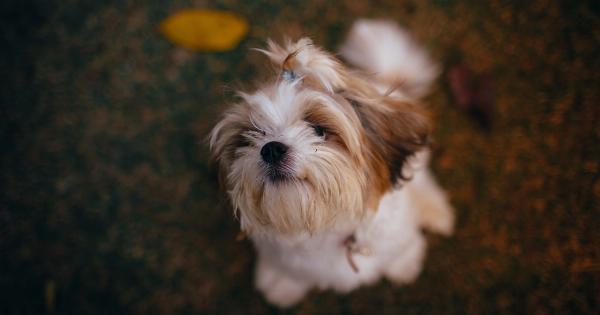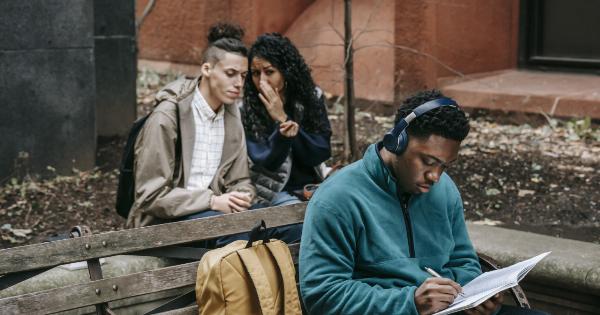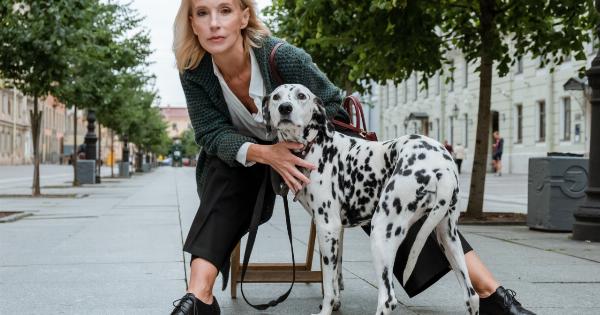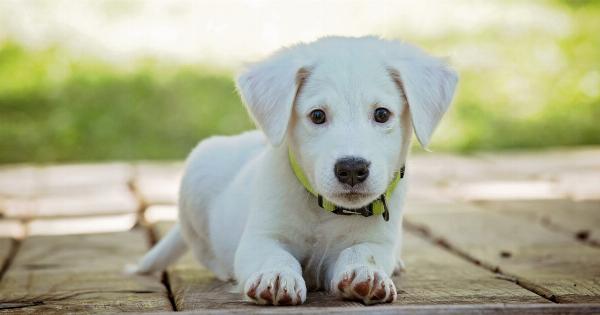Greeting a beautiful dog you’ve never met before can be an exciting experience. However, it’s important to approach the situation with caution and respect.
Dogs, like humans, have unique personalities and preferences, and it’s crucial to navigate these encounters carefully to ensure a positive interaction for both you and the dog. Here are some essential do’s and don’ts to keep in mind when greeting an unknown beautiful dog:.
Do: Approach Calmly and Slowly
When you first encounter an unfamiliar dog, it’s crucial to approach them calmly and slowly. Sudden movements or loud noises can startle the dog and potentially lead to a negative reaction.
Approach from the side rather than head-on, as this is less intimidating for the dog.
Don’t: Rush Towards the Dog
While it may be tempting to rush towards the beautiful dog due to excitement or admiration, it’s important to resist this urge. Running towards a dog can be interpreted as a threat or invasion of their personal space.
Instead, allow the dog to approach you on their terms and at their own pace.
Do: Offer Your Hand for Sniffing
Once the dog shows signs of being comfortable with your presence, you can offer them your hand for sniffing. This is a non-threatening way to introduce yourself to the dog and allow them to become familiar with your scent.
Present your open hand, palm down, and allow the dog to approach and sniff at their own pace.
Don’t: Force Physical Contact
It’s important to remember that not all dogs enjoy physical contact or being petted by strangers. Respect the dog’s boundaries and never force physical interaction.
If the dog hesitates or moves away when you try to touch them, it’s a clear sign that they are not comfortable with it.
Do: Use Positive Body Language
Dogs are highly attuned to body language and can pick up on your emotions and intentions. Use positive and relaxed body language to convey friendliness and non-aggression.
Stand tall but relaxed, avoid direct eye contact, and keep your gestures slow and deliberate. This will help the dog feel more at ease in your presence.
Don’t: Stare Intensely or Make Sudden Movements
Direct eye contact and intense staring can be interpreted as a challenge or threat in the dog’s world. When greeting an unknown dog, avoid prolonged eye contact and opt for soft gazes instead.
Additionally, sudden and jerky movements can startle the dog, so try to keep your actions smooth and predictable.
Do: Speak Softly and Calmly
When interacting with an unknown dog, use a soft and soothing tone of voice. Speaking softly and calmly will help convey your friendly intentions and prevent the dog from feeling threatened.
Avoid raising your voice or using high-pitched tones, as these can agitate or confuse the dog.
Don’t: Approach While Eating or Engaged in Play
It’s essential to respect a dog’s personal space, particularly when they are occupied with activities such as eating or playing.
Dogs can be protective of their food or toys, and approaching them during these times can provoke defensive behavior. Make sure to give the dog their space and wait until they have finished their meal or playtime.
Do: Observe the Dog’s Body Language
Understanding a dog’s body language is key to determining how they are feeling and whether they are comfortable with the interaction. Look for signs of relaxation, such as a loose body posture, wagging tail, or inviting behavior.
On the other hand, signs of tension or discomfort, such as a tucked tail, stiff posture, or avoidance, indicate that the dog may not be ready for interaction.
Don’t: Ignore Warning Signs
While it’s important to give a dog the benefit of the doubt, it’s equally crucial to acknowledge and respect warning signs. Growling, bared teeth, or excessive barking are clear indications that the dog is feeling threatened or uncomfortable. If you encounter these warning signs, back away slowly without making sudden movements or turning your back on the dog.
Do: Ask the Owner for Permission
Prior to approaching an unknown beautiful dog, always seek permission from the dog’s owner. Not all dogs are comfortable with interactions from strangers, and the owner is the best person to judge whether their dog is open to greetings.
Respect their decision if they decline or advise caution.
Don’t: Assume All Dogs Are Friendly
While many dogs are social and enjoy meeting new people, it’s essential to remember that not all dogs are naturally friendly or receptive to strangers.
Some dogs may have had negative experiences in the past or have certain temperament traits that make them less comfortable with new people. Approach every unknown dog with caution and respect their personal boundaries.
Conclusion
Greeting an unknown beautiful dog can be a delightful experience if approached correctly. It’s crucial to remember that each dog is an individual with unique preferences and boundaries.
By following the do’s and don’ts outlined in this guide, you can increase the likelihood of a positive interaction and build trust with the dog. Always prioritize the dog’s comfort and well-being, and never force interaction if the dog shows signs of discomfort or reluctance.
